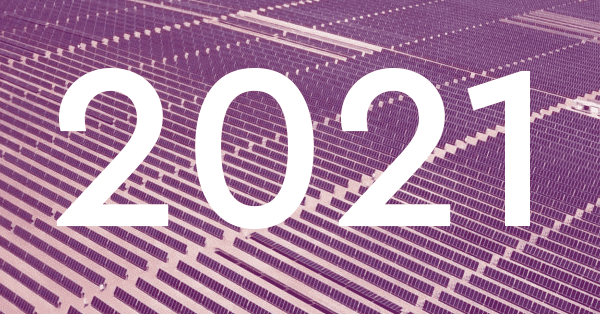Time flies swiftly! A few weeks from now, we will welcome 2022. But before doing that, let’s have a quick recap of what happened to solar PV in 2021. Is this generally a good year for all of us? We will find it out with these important events that happened this year.
TECHNOLOGY
Probably the most important aspect of solar PV is technology. The efficiency, reliability and performance of each solar component rely on how well-studied and well-funded a solar project is. There are a lot of technological breakthroughs that happened this year some of which are the following:

Australian Researchers close in on Low-Cost Solar Hydrogen Tech, with No Electrolysers
Researchers at the Australian National University say new advancements that permit hydrogen to be produced directly from solar energy – avoiding the need for costly electrolysers – could be the pathway to low-cost sustainable hydrogen supplies.
In the new research published in the journal Advanced Energy Materials, the ANU research group has developed new “photoelectrode” designs, which could be a critical step towards high proficiency and low-cost renewable hydrogen production.
Conventional solar cells use semiconductor materials to convert sunlight into electric current. Over the last few decades, progresses in solar cell designs have seen solar technologies established as one of the least expensive sources of electricity generation while having practically no emissions foorprint.
More about this article: https://bit.ly/32Xeb39
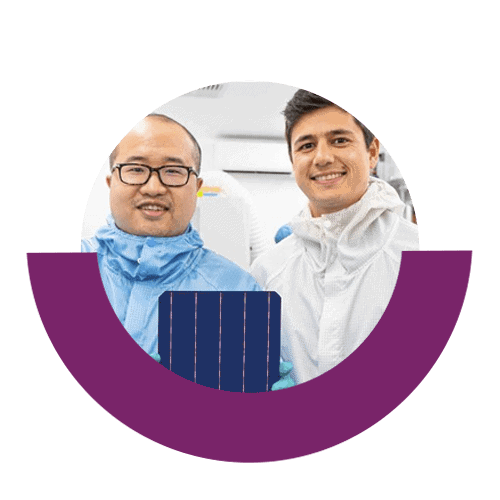
A Solar Tech Start-up Claims a World Efficiency Record
SunDrive, a Sydney-based solar technology start-up says it has set a new world record for solar cell efficiency. SunDrive’s main goal is to use copper instead of silver in solar modules. This way they can cut the cost of the materials used in making a solar module since copper is cheaper and more abundant than silver. while improving product efficiency.
Last week, they claimed a world record of 25.54% for commercial size silicon solar cell efficiency, overtaking China solar giant Longi’s previous record.
The company hopes to enter the rooftop solar market first and then venture into some of the mega, multi-gigawatt scale projects proposed in the north and west of Australia in the future.
More about this article: https://bit.ly/3tPBFQR
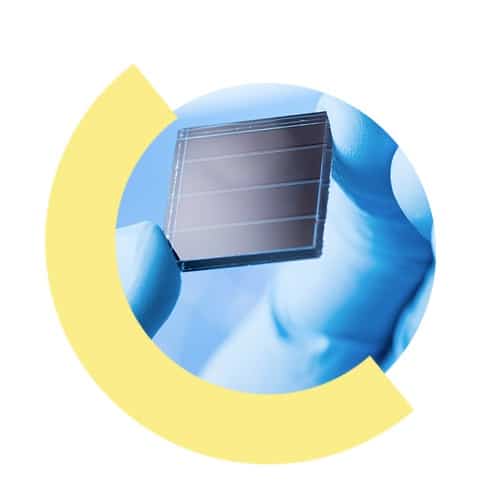
Australian Researchers New Discovery Can Bring Down Cost and Create Longer-lasting Solar Cells
The research team, based at the Australian Institute for Bioengineering and Nanotechnology at the University of Queensland, has discovered that advances in nanomaterial innovations could be the way to bring down cost and more sturdy next-generation perovskite solar cells that are simpler to fabricate than regular silicon-based solar technologies.
Professor Joe Shapter said, “Among the next-generation technologies, perovskite solar cells have attracted enormous attention because of their high efficiency and ease of fabrication”.
More about this article: https://bit.ly/3BnvgiV
SOLAR PV INDUSTRY ACHIEVEMENTS
Technology is nothing if it doesn’t translate to a more beneficial outcome for the industry. 2021 has become a year of achievements for solar enthusiasts despite all the challenges and threats that the pandemic has imposed. Here are some of the milestones that are worth celebrating for the PV industry:

Australia Passes 3 Million-Mark for Rooftop Solar Systems
Australia’s rooftop solar has once again proved its massive potential and growth with another astounding achievement: more than 30 million solar PV systems have been installed nationwide.
The amazing new accomplishment has been celebrated by many solar PV enthusiasts because it happened even during a pandemic.
Yet, not at a household level. Australia was hailed as the country with the most solar per capita in the world – almost 1kW of panels for each one individual – following a crushing year of take-up in 2020 pushed the total installed on the nation’s rooftops to 13GW and rising.
More about this article: https://bit.ly/3x4BF1n
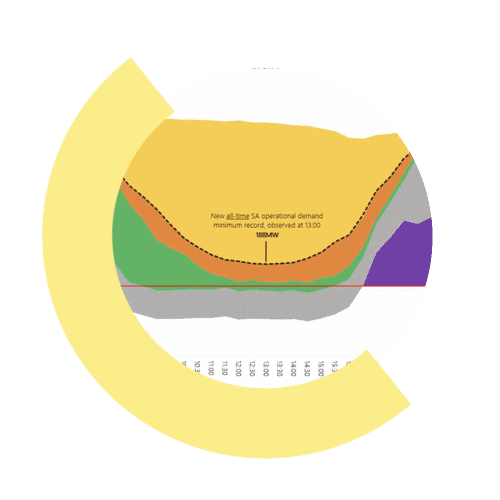
Rooftop Solar Crushes Output Records in Every Single Australian State
Aside from passing the 3-Million Mark, rooftop solar has set new output records in every Australian state over the past month.
“Rooftop solar PV installed on millions of homes and businesses has set new generation records across Australia in the last few weeks, and we expect these records to be broken through the upcoming summer,” AEMO observed in a tweet this week.
Rooftop solar is significantly affecting the operations of the grid. It has set new record lows for “minimum operational demand” in many states, including in Western Australia this week where a new of 830MW was set, with rooftop solar giving 63% of the total demand at the time.
More about this article: https://bit.ly/3nicdCa
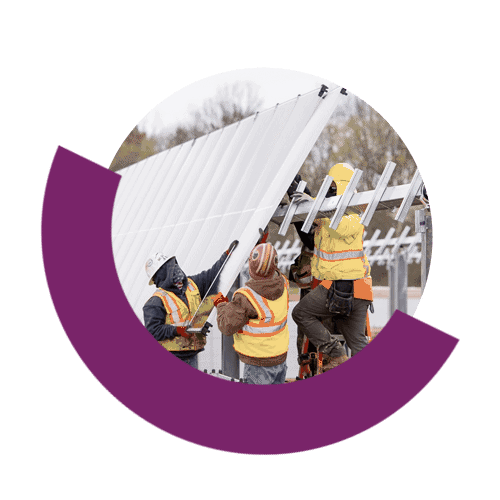
Global solar PV employment to almost 4 million in 2020 – IRENA
Despite delays and supply chain disruptions brought about by COVID-19, global solar PV employment expanded by 6% last year to reach almost 4 million, as indicated by another report from the International Renewable Energy Agency (IRENA).
Ascending from the 3.75 million jobs in 2019, solar continued on representing the biggest portion of employment positions of all renewables innovations last year.
Delivered in a joint effort with the International Labor Organization, the report shows that China, the leading manufacturer of PV equipment and biggest solar installation market, represented around 58% of PV employment world, or some 2.3 million jobs.
More about this article: https://bit.ly/3wdw9sJ
SOLAR SCHEMES AND PROGRAMS UPDATES
Aside from feasible results in the solar industry, the government programs also play a huge part in the uptake and record-breaking number of PV installations in the country. Here are the changes and updates that might encourage Australian households to install solar PV systems:
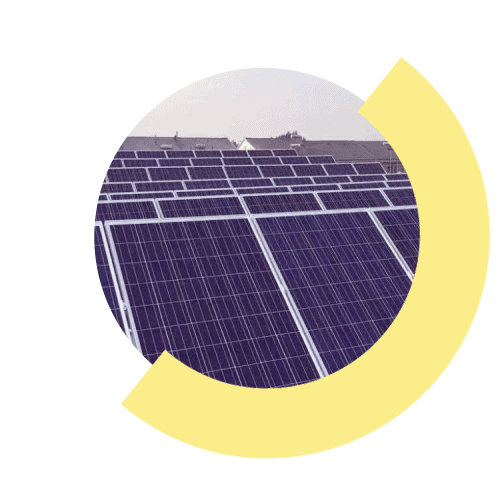
Victoria Changes Home Battery Rebate Rules in Hopes to Encourage Uptake
Victoria’s Labor state government is trying to support demand for its home battery rebate by permitting access to the $3,500 markdown for families hoping to install both solar and storage at the same time.
The change to the qualification rules, reported on Friday, eliminates the past requirement for those applying for the state’s Solar Homes battery rebate to have an existing solar system of at least 5kW.
This implies that individuals wishing to get rooftop solar and battery storage simultaneously will actually want to gain access to a lot bigger $3,500 battery markdown, rather than choosing the $1,400 current offer on rooftop solar. Just one rebate is allowed per household.
More about this article: https://bit.ly/3orWXBO
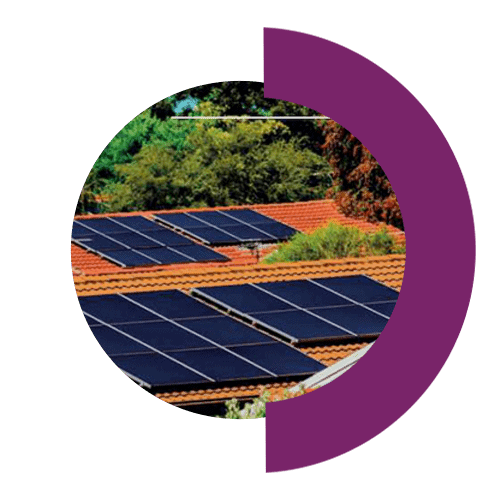
Australia Commits AU$19.2 Million to Improve Integrity of Rooftop Solar Sector
Australia’s government has planned to AU$19.2 to improve regulation and compliance in the country’s rooftop solar sector based on the recommendations of a new report.
Australia’s energy minister, Angus Taylor, said the recommendations from the review will help ensure that rooftop solar PV systems installed under the SRES are consistent with the value of the incentive paid under the scheme and with consumers’ expectations. “The recommended reforms will also ensure that any solar installers, retailers and manufacturers who are found to be doing the wrong thing can be held to account,” he said.
More about this article: https://bit.ly/3hHbxTE

“Buy Now, Pay Later” – ACT Government tapped Brighte to Deliver Sustainable Home Loan Scheme
Sydney-based Brighte, a point of sale credit and payments provider, was selected by the Capital Territory government to administer the first phase of its $150 million Sustainable Household Scheme. The scheme offers 0% interest loans of between $2,000 to $15,000 to eligible ACT households to help with the upfront costs of investing in energy-efficient home upgrades.
The Scheme will be open to all eligible ACT households early in the 2021-22 financial year and will require successful applicants to repay the zero-interest loans over a period of 10 years.
More about this article: https://bit.ly/3A0kRZt
Keep yourself in the loop! Get solar updates from us just when you need them. Follow us on our social media accounts and subscribe to our newsletter: https://linktr.ee/sunovagroup
See past solar tidbits here: https://bit.ly/SolarTidbits
